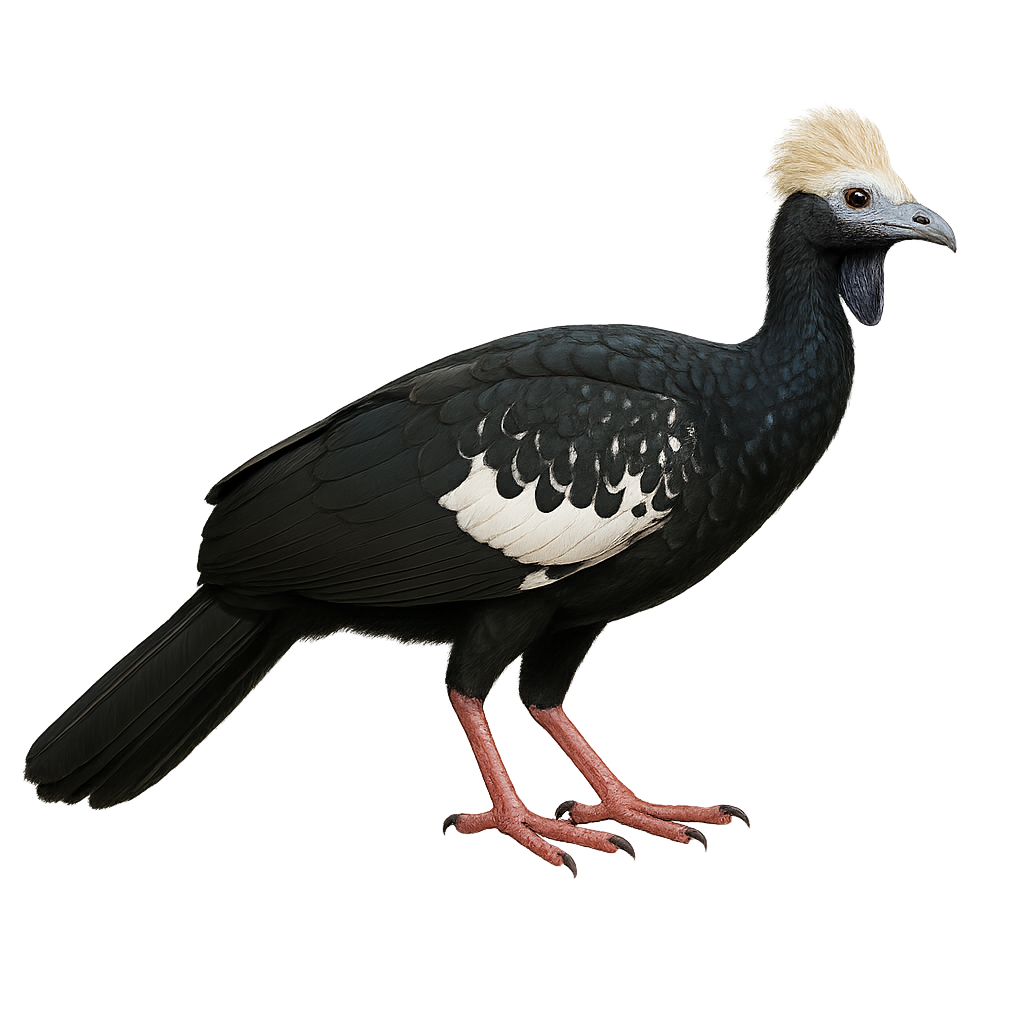Your wildlife photography guide.
Explore the blue-throated piping guan in detail, study its behavior, prepare your shots.
Where to observe and photograph the blue-throated piping guan in the wild
Learn where and when to spot the blue-throated piping guan in the wild, how to identify the species based on distinctive features, and what natural environments it inhabits. The WildlifePhotographer app offers tailored photography tips that reflect the blue-throated piping guan’s behavior, helping you capture better wildlife images. Explore the full species profile for key information including description, habitat, active periods, and approach techniques.
Blue-throated Piping Guan
Scientific name: Pipile cumanensis

IUCN Status: Near Threatened
Family: CRACIDAE
Group: Birds
Sensitivity to human approach: Suspicious
Minimum approach distance: 10 m
Courtship display: December to February
Incubation: 28-30 jours
Hatchings: January to March
Habitat:
Tropical rainforests, secondary forests, forest edges
Activity period :
Primarily active during the day, with peak activity in the morning and late afternoon.
Identification and description:
The Blue-throated Piping Guan is a medium-sized bird belonging to the Cracidae family. It is primarily black with a distinctive blue face and white feathers on its wings. This bird is mainly found in the humid tropical forests of South America, particularly in Brazil, Colombia, and Venezuela. It is often seen in small groups or pairs, feeding on fruits, seeds, and occasionally insects. Although its habitat is threatened by deforestation, the Blue-throated Piping Guan is still relatively common in some areas. It plays a crucial role in seed dispersal, contributing to the health of its ecosystem.
Recommended lens:
400mm – adjust based on distance, desired framing (portrait or habitat), and approach conditions.
Photography tips:
To photograph the Blue-throated Piping Guan, it is advisable to use a telephoto lens of at least 400mm to capture detailed images without disturbing the bird. Look for areas where these birds feed, such as fruiting trees, and be patient. Morning is often the best time to observe them as they are more active. Use a tripod to stabilize your camera and be ready to quickly adjust settings according to changing light conditions under the dense canopy.
The WildlifePhotographer App is coming soon!
Be the first to explore the best nature spots, track rutting seasons, log your observations, and observe more wildlife.
Already 1 439 wildlife lovers subscribed worldwide

